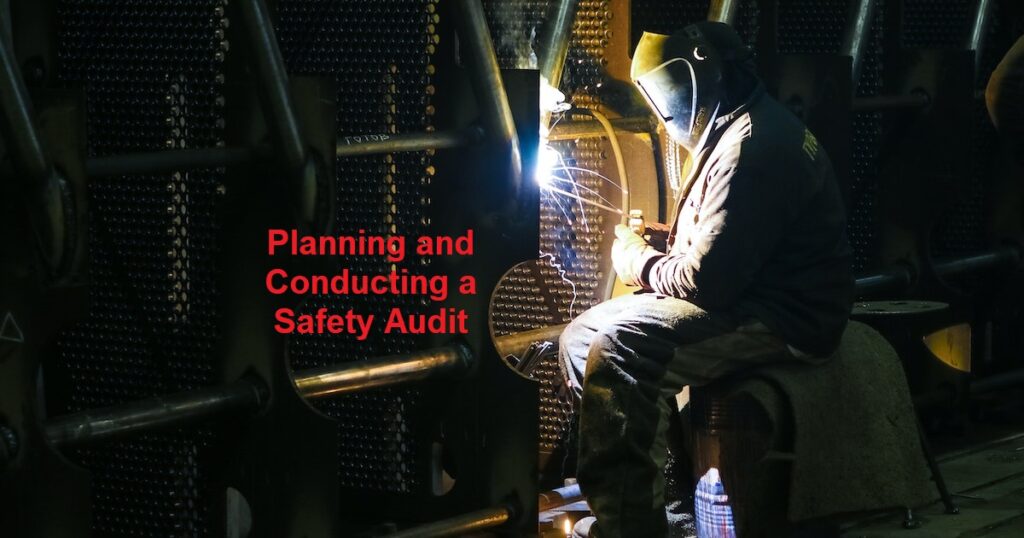Welcome to our comprehensive guide to safety audits, an essential component of maintaining workplace safety and compliance. At mechDNA, we understand the importance of safety audits in creating a secure environment for both employees and organizations. In this guide, we will explore the concept of safety audits, their purpose, and how to effectively plan and conduct them. Whether you are an employer, supervisor, or health and safety professional, this guide will equip you with valuable insights to enhance your safety audit program.
Understanding Safety Audits
Safety audits play a vital role in identifying, eliminating, and controlling hazards that could potentially impact a company’s physical and human assets. These audits are designed to reduce the incidence of injuries and illnesses, lower workers’ compensation costs, empower employees, improve job satisfaction, and make companies more competitive. While safety audits are not mandated by the Occupational Safety & Health Administration (OSHA), implementing a voluntary safety audit program demonstrates a commitment to continuous improvement in health and safety practices.
Objectives of a Safety Audit
The objectives of a safety audit are multifaceted, aiming to create and maintain a safe work environment while ensuring compliance with local, state, and federal health and safety regulations. Let’s take a closer look at the primary objectives of a safety audit:
- Maintaining a Safe Workplace
A safety audit aims to recognize and remove hazards within the work environment. By proactively identifying potential risks, organizations can take corrective action promptly, mitigating the chances of accidents and injuries. Conducting regular safety audits fosters a culture of safety and emphasizes the importance of following established safety procedures. - Compliance with Regulations and Best Practices
Safety audits verify that a facility, equipment, and operations meet the required health and safety standards set by local, state, and federal authorities. By adhering to these regulations, companies demonstrate their commitment to providing a secure work environment. Safety audits also ensure that necessary administrative records supporting health, safety, and medical activities are maintained, promoting compliance with legal requirements. - Involvement of Employees
Employee participation is integral to the success of any safety audit program. Involving employees at all levels, from supervisors to upper management, creates a sense of ownership and accountability for safety practices. By engaging employees in safety audits, organizations can leverage their valuable insights and experiences to improve workplace safety continuously. - Schedule and Plan Safety Audits
Safety audits should be conducted on a regularly scheduled basis to maintain consistency and ensure that safety policies and procedures are being effectively implemented. It is crucial to establish a comprehensive schedule for safety audits across all workplaces and work processes within the organization. By adhering to a predetermined plan, organizations demonstrate their dedication to safety and provide a framework for ongoing improvements.

Planning and Conducting a Safety Audit
To conduct a thorough safety audit, it is advisable to follow a systematic approach that involves using a checklist and considering various factors. Let’s explore the key steps involved in planning and conducting a safety audit:
- Determine the Ideal Audit Time
Selecting the most appropriate time for a safety audit is essential to gather accurate observations of normal work procedures. Ideally, the audit should be conducted during regular operations with minimal distractions. By choosing the right time, auditors can obtain a comprehensive understanding of work practices and identify potential hazards more effectively. - Utilize a Checklist
Using a checklist is an invaluable tool for conducting a thorough safety audit. There are numerous audit checklists available, each tailored to specific industries
Conducting a Thorough Safety Audit: A Comprehensive Guide
Welcome to our comprehensive guide on safety audits, a crucial aspect of maintaining workplace safety and compliance. At mechDNA, we recognize the significance of safety audits in creating a secure environment for both employees and organizations. In this guide, we will delve into the concept of safety audits, and their purpose, and provide valuable insights on how to effectively plan and conduct them.
